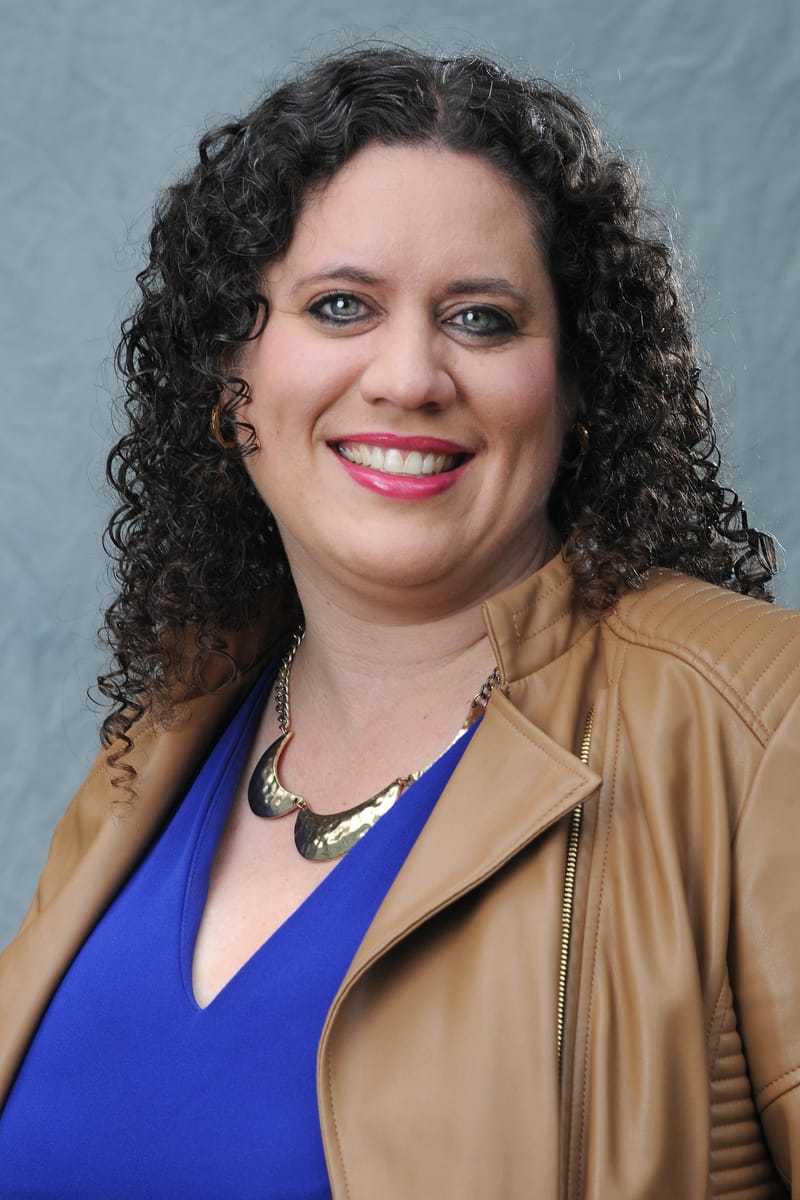Alaska Airlines base chief pilot ‘sits in the middle seat’

Julie Thiele is a base chief pilot for Alaska Airlines. Photo courtesy Alaska Airlines
What you probably already know: There have been several reports over the last few years warning of a coming pilot shortage for commercial airliners. There are a few reasons for that: A large number of pilots retiring, fewer pilots leaving the military, and the high cost of getting a pilot’s license. At Alaska Airlines, three of the 10 base chief pilots are women, and the company has invested in several educational programs aimed at diversifying the ranks.
Why? Base chiefs are responsible for the other pilots who are assigned to that base. For Julie Thiele, that means she’s in charge of the 322 pilots, captains and first officers assigned to the company’s Alaska base. Her job, she says, is to “sit in the middle seat” between the pilots and Alaska’s executive team. She is also still a pilot and flies occasional routes. At Alaska, Thiele says, they’re not struggling with a pilot shortage. “We’re actually overstaffed,” she said.
What it means: Each airplane needs about 12 pilots to fully staff it, she said, and that includes both captains and first officers. The recent slowdown in the economy softened hiring for the entire industry, which is helping airlines catch up on any shortages they might have been experiencing in the post-pandemic travel boom. That said, Thiele would like to see more opportunities for people who might not have seen themselves as pilots. About 11% of her base pilots are women. “A lot of people don’t know about aviation because they didn’t grow up with it,” she said. “I was one of those people.” As a kid, Thiele never flew in a plane. She had never even been in an airport. She took a risk in college and shifted from an arts major to engineering, which put her on the track to become a pilot. She now encourages others consider the industry. She travels to Alaskan villages and chats with the students about aviation.
What happens now? Costs to get a license need to be subsidized or come down, though, to help more underrepresented candidates gain access. When Thiele was coming up, it was about $65 per hour for training. Now it’s closer to $300 an hour, and the FAA requires 40 hours to be certified, so about $12,000. That doesn’t include ground schoolwork, passing the written exam and other costs. Alaska Airlines has a program through Hillsboro Aero Academy to train pilots and subsidize the costs and other airlines are investing similarly to try to make the industry more accessible. “The airline industry is very open to women and minorities coming in,” Thiele said.
Check out the Formidable Podcast — informational interviews with women leaders on news-driven topics, spotlighting timely and thought-provoking issues facing our world.
Listen on Spotify or Apple Podcasts.

